21st Century vs. Medieval Times: Terrifying Traditions You’ll Be Glad Are in the Past
Ever wondered how life in the Middle Ages compared to today? Brace yourself for a shocking look at medieval traditions that will make you grateful for modern times. From gruesome practices to bizarre rituals, these horrifying customs from the 5th to 15th centuries reveal just how far we've come. Discover the dark side of history and why living in the 21st century is such a blessing!
Let's first take a look at beauty standards.
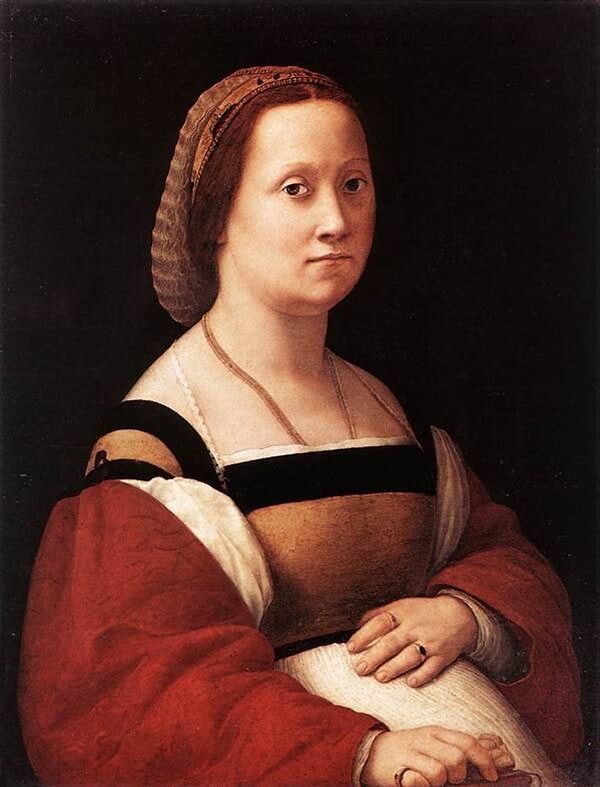
In the Middle Ages, women would pluck their eyebrows, eyelashes, and even their hair to achieve round and smooth faces. Compared to today's beauty trends, this seems quite extreme, doesn’t it? Back then, the forehead and facial shape were considered the ideal beauty standards.
Since the forehead was regarded as the central point of the face, women tried to emphasize it more.
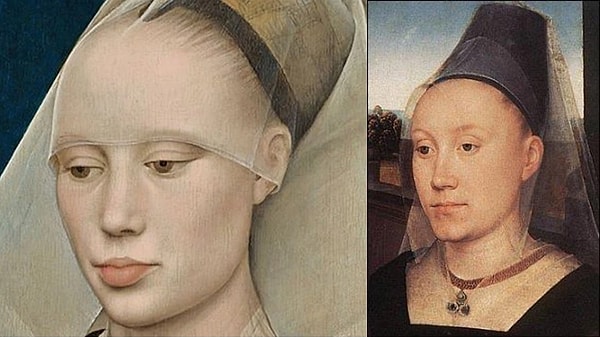
Even though it was painful, they went to great lengths to be hairless.
Now, let's talk about men.
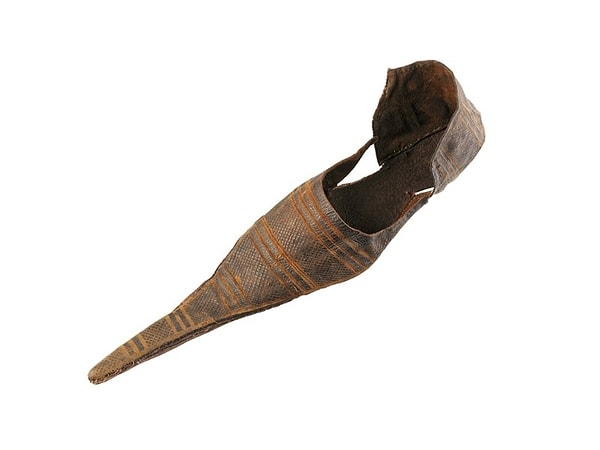
In the Middle Ages, men's fashion was just as attention-grabbing as women's. Men, especially those from certain social classes, closely followed fashion trends. The length of men's shoes in the Middle Ages was a clear indicator of their social status.
As a result, some men's shoes became so long that they had to be reinforced with durable materials like whalebone.

Long, pointed shoes were one of the most striking fashion elements used to display a person's wealth and social position.
But that's not all.
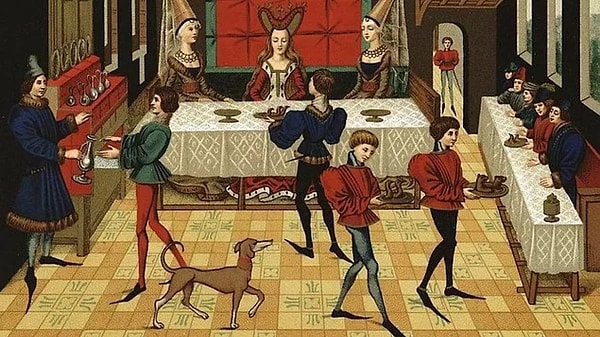
During that period, men adopted a bolder and more revealing approach in their clothing, wearing tights under short tunics to accentuate their body shape. The reason for this style was to highlight their masculinity and status even more.
One of the main reasons why the Middle Ages is called the Dark Ages is because of its courts.
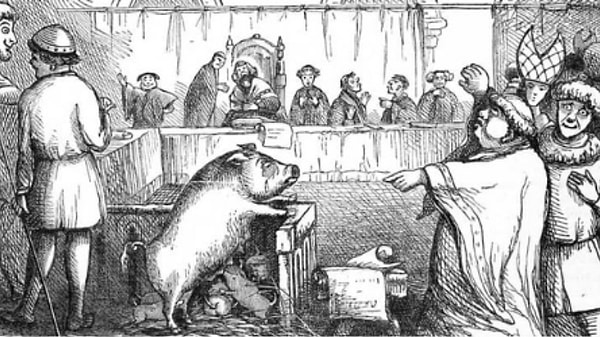
In these courts, not only humans but also animals could be tried and punished. If animals violated the laws, they too would be taken to court. Pigs were often tried for crimes like eating children or chewing on body parts and were sentenced to death. A rooster was even found guilty of laying an egg, which was deemed an unnatural act.
In another case, a group of dolphins was put on trial.
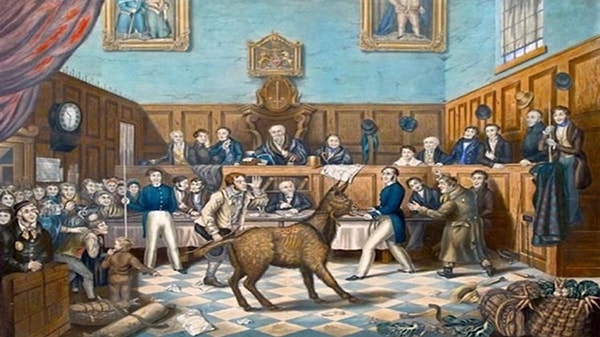
Mice could also be punished if they refused to leave the buildings where they made their nests, despite being warned. So, what was the punishment system like? For instance, in 1386, when a pig was found guilty in court, it was dressed in a vest and gloves, given a human mask, and then executed.
Punishments for humans found guilty in the Middle Ages were often carried out by elephants.

Criminals were killed by being crushed under elephants. Some were subjected to rat torture, where the torturer would place a half-caged rat on the victim's abdomen and heat the cage from above, causing the rat to panic. To escape the heat, the rat would desperately claw its way through the victim's stomach.
Now let's look at marriage traditions.
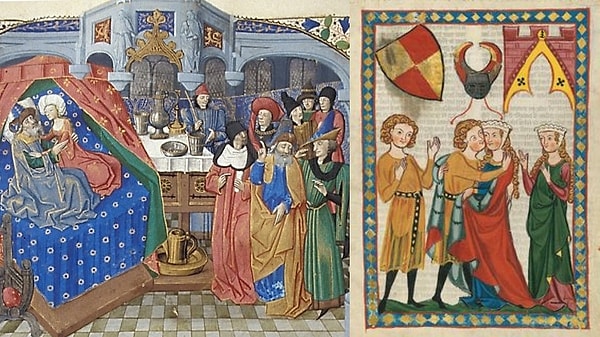
Particularly in upper-class families, women had almost no say, and they were considered of marriageable age by 12 or 13. The choice of who they would marry was entirely up to the men and their families. Marriages were mostly arranged for political and social reasons, so there was little concern for the couple's privacy.
Perhaps one of the most unusual and interesting practices of this era was the custom of having the newlyweds' first night together observed by their close circle.
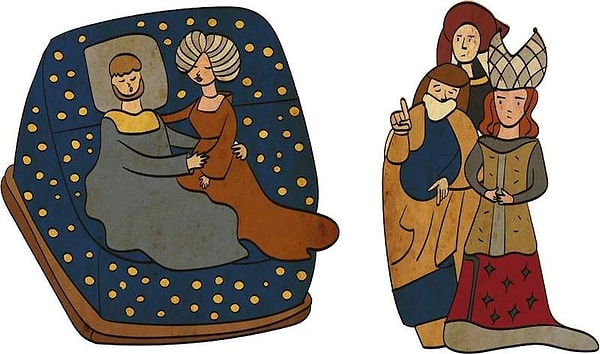
Yes, you heard that right – this private moment being watched by others was necessary for the marriage to be validated. And what was the reason for this practice? Since marriage ceremonies of the time weren’t conducted in an official framework and couples could get married anytime and anywhere, it became difficult to officially recognize marriages. Thus, couples needed to prove they were truly married, and human observers' approval was required.
Keşfet ile ziyaret ettiğin tüm kategorileri tek akışta gör!


Send Comment